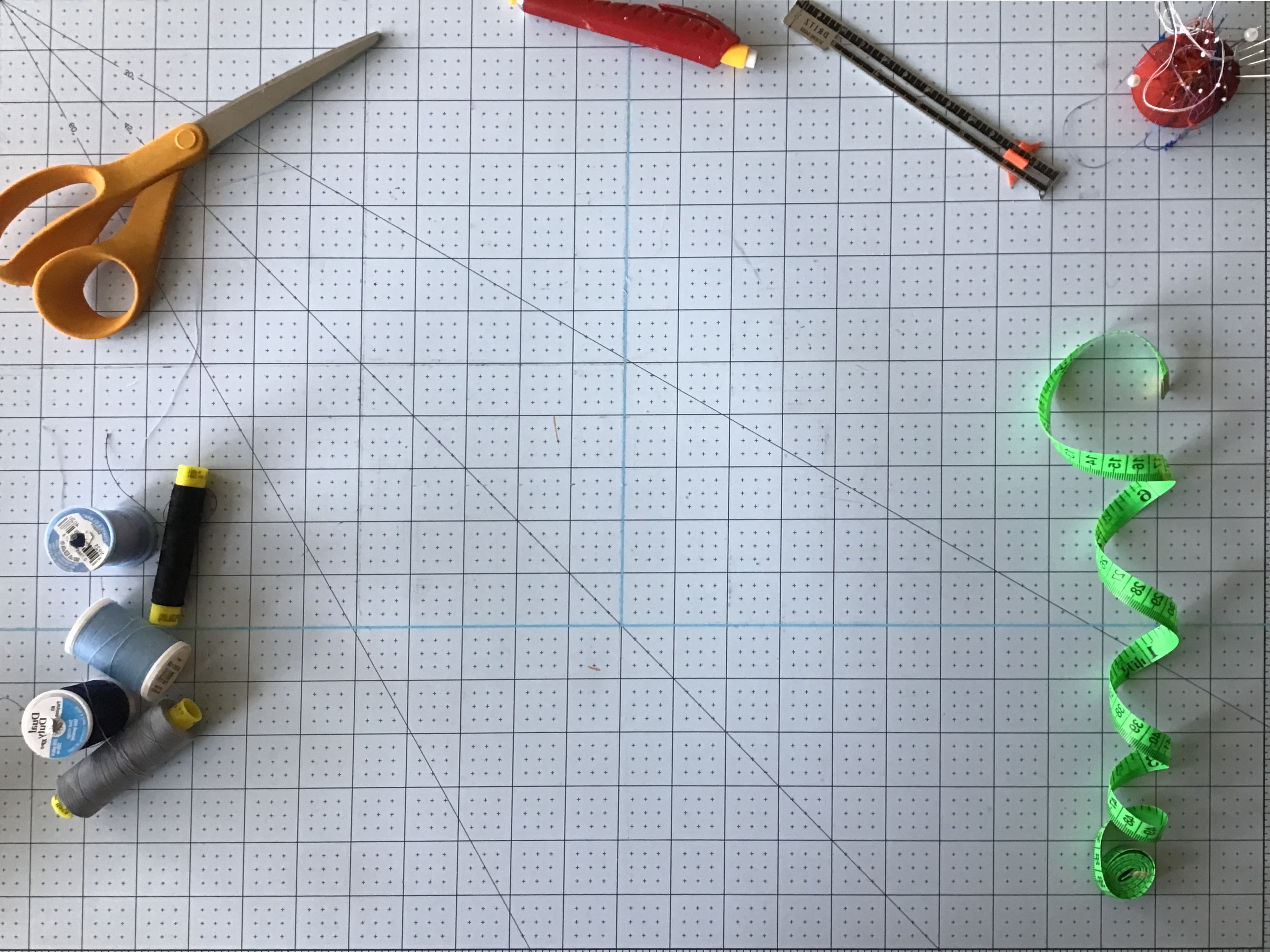The museum where I work has asked that I present a public talk about some topic. Well, I wasn’t so much “asked” as I was “voluntold” to present a talk. While they didn’t say what it should be about, we can safely assume that they want it to be somewhat relevant to the museum’s contents. It should also, ideally, draw from my own unique skillset and interests.
As such, I’ve decided to investigate some of the portraits in the upper levels of the museum and see if I can recreate parts of the ensemble being worn by a few of the individuals pictured.








These very serious looking gentlemen are members of the Knights Templar. Not the actual medieval order of knights, but a fraternal order dating back to the mid eighteenth century. The portraits are of various Grand Commanders of the Templars in the state of Pennsylvania.
Background on the Masonic Knights Templar
The first Templar Commandery, as chapters of this particular fraternity are called, was founded in Ireland in 1779, inspired by the writings and speeches of Chevalier Ramsay, a prominent Scottish writer and member of several fraternal orders in France.[1][2] Ramsay is likely the first to have suggested any sort of connection between Crusaders and Freemasons. Masons are the earliest prototype of a modern fraternity and are loosely descended from the Medieval guild system.

In the United States, the Templars formally got their start in Pennsylvania in 1797.[3] Templars are organized into local chapters, called Commanderies, which fall under 50 Grand Commanderies, which answer to the national Grand Encampment.[4]
Templar Uniforms in the USA
While the Templars of the UK and Ireland wear uniforms directly inspired by Crusaders, their American counterparts have taken a much more interesting turn. For whatever reason, American masons wear uniforms inspired by actual contemporary military uniforms. A trend that seems to have kicked off following the Civil War.


Rumor holds that this decision by the American branch of Templars is the result of aggressive marketing by a US Army uniform supplier trying to drum up business after the Civil War, but I’ve been unable to find anything resembling a credible source for that. Given that the members paid for their own uniforms and their regulations were fairly loose, it seems more likely that the decision to make the uniform more in line with contemporary Army uniform styling was motivated for other reasons.
It seems more likely that American Templars wanted to imagine themselves as successors to the Medieval order, as if it had truly continued into the modern era in an unbroken line. If that had truly happened, of course their equipment and structure would have undergone the same shifts that all other military organizations had undergone.
In effect, they imagined an alternate timeline where the Templar excommunication and executions had never happened and this militaristic religious order had continued to advance with the times. Then they constructed the organizational structure and uniform regulations of the imagined order.
In a sense, they created the world’s first cosplay group.


Both groups dress up in the uniforms of a make-believe army, march in community events, and raise money for charity
And this is where we finally start to intersect with my interests.
Templar Uniform Frock Reconstruction
The project now becomes a historical costume reconstruction, which does fall within my wheelhouse. My goal is to recreate the uniform frock being worn by the gentlemen in the portraits above, at least as nearly as possible, using as close to period materials and methods as I can.


I plan to go with the single-breasted option.
As usual, the inimitable Mr. Regal will make an appearance in this story. Regal offers a set of instructions on drafting a Templar Uniform frock in Diagram 46.[10]
Drafting isn’t the only problem, though. In the past I’ve used Regal’s patterns with modern construction methods but period construction is a must for this project. Victorian and Edwardian frock coats had a complex interior structure to create the ideal silhouette of the era and I have only a passing familiarity with how that was done. We’re going to meet a new friend, Mr. Thimble, later on who will prove very helpful in filling in some of those gaps.
This will be a large project but, when it’s finished, I should hopefully have a very nice coat that I can wear around.
Sources
- https://en.wikipedia.org/wiki/Andrew_Michael_Ramsay
- https://iniziazioneantica.altervista.org/1700-1800/ramsay/andrew_michael_ramsay.htm
- https://www.gettysburgfreemasons.org/gettysburg-knights-templar-commandery-79/templar-history/
- https://knightstemplar.org/wp/
- http://www.irishmasonichistory.com/the-order-of-the-temple.html
- https://www.lib.uidaho.edu/digital/barstock/items/barstock1296.html
- MacDonald, M. C. (2008). Fraternal regalia I: Knights Templar: A collectors guide to the orders, degrees, activities, Swords, uniforms, badges, medals, regalia, and collectible souvenirs of the commandery of the Knights Templar of York Rite Freemasonry. New Columbia Publishing.
- https://www.facebook.com/501stNER/
- Uniform Regulations of the Grand Commandery of Kentucky Knights Templar as adopted May 19, 1904.
- Regal, S. (1914). The American Garment Cutter (Third). American Fashion Company.



One response to “Uniform Coats of the Knights Templar (Not Really, Though)”
[…] mentioned in my first post about this Templar uniform frock project, there’s a great deal that I need to look into […]